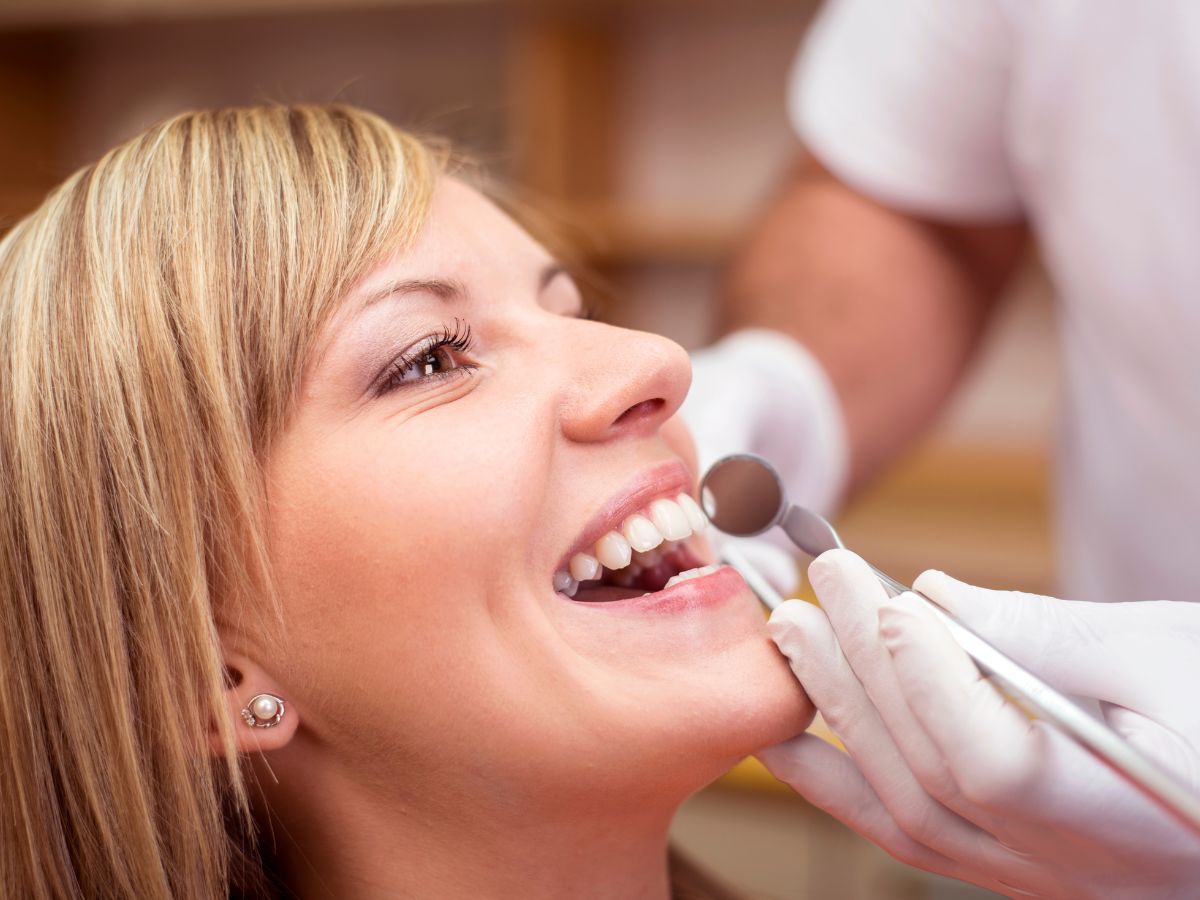Rubber bands are the most common appliances used for orthodontic treatment! Braces rubber bands are tiny elastics that hook around bracket/brackets on the top dental arch and bracket/brackets on the bottom arch to correct jaw misalignments.
These tiny appliances are used during braces treatment to correct overbites, underbites, midlines, crossbites and open bites.
Rubber bands may seem tricky to use at first, but they’re simple to apply once you understand how to attach them and where. That’s why we’re here!
We’ll show you how to wear your rubber bands in our office and tell you everything you need to know about these appliances. Whether you’re looking to refresh your memory during treatment or you’re researching in an excited frenzy before you even begin treatment, check out this guide anytime you need.
How to Wear Rubber Bands on Braces
On your braces brackets, you’ll notice rubber band hooks on the top arch and the bottom arch. Where your rubber band hooks are located will depend on your specific condition, but they’re generally located on the canine teeth (the pointy teeth in the corner of the mouth) and the molars (the big teeth toward the back of the mouth). In some cases, rubber band hooks will also be prescribed on the bicuspid teeth (the premolars between the canines and molars).
When you understand your orthodontic condition and the position of your bite, your rubber bands start to make a lot more sense.
If you have an overbite—meaning your upper jaw extends too far over your lower jaw—you would want to shift the upper jaw backward and the lower jaw forward to align them. In this case, your rubber bands will attach to a bracket on the bottom teeth, toward the back of your mouth, and a bracket on the top teeth, toward your canines. The rubber band tension will start to pull the upper jaw backward and the lower jaw forward, effectively treating an overbite.
If you have an underbite, then vice versa. You want your lower jaw to shift backward and your upper jaw to move forward, so your rubber bands will be attached the opposite way.
Your bands will be hooked on a top arch bracket and a lower arch bracket to create tension that accelerates the braces straightening process and aligns the jaw bones. Your specific condition will determine where your bands are hooked and how long throughout your treatment process you’ll be wearing them.
Because every case is unique, where your hooks will be located on your brackets will depend on your condition, the severity of your condition and your personalized treatment plan.
What is certain, no matter your condition, is how you’ll attach your elastics to your brackets:
- -Wash your hands! This step is super important. Never touch your mouth with unwashed hands.
- -Use one finger to place the rubber band over the hook on the top arch.
- -Using two fingers, pull the rubber band across your teeth to the bottom hook.
- -Hook the rubber band in place.
See?! Incredibly simple. We’ll show you how to do this in-person when you start wearing rubber bands too.
You can use a special little tool to make it even easier too. A rubber band tool for braces. This tool is a small plastic hook that you can use to pull the rubber band down or up to the other bracket hook. If this “tool” is not available, a tweezers can be used as well.
When do you get rubber bands for braces?
When you’ll be advised to start wearing your rubber bands will depend on your personalized treatment plan.
Some patients may start wearing rubber bands toward the end of their braces treatment process, while others may start wearing them after only a few appointments. It all depends!
In most cases, you’ll be advised to wear your rubber bands through the day and night, removing them only to eat, brush your teeth and replace them with new rubber bands 2-3 times daily.
When you visit us for your complimentary consultation, we’ll explain everything you need to know! After Dr. Insoft or Dr. Hurst examines your condition, takes diagnostic photos and x-rays and discusses your smile goals with you, we’ll discuss your personalized treatment plan in full detail.
Educating our patients is extremely important to us! We want you to be informed throughout your entire treatment process, because that’s how the greatest results are created.
Please don’t hesitate to reach out to us with any questions. We’d love to hear from you! If you haven’t scheduled your complimentary consultation with us in Seminole or St. Petersburg FL yet, we encourage you to request one today.






